Trout Fly Rods
There are different trout fly fishing fly rods the fisherman can use according to the type of water for example streams & streams, rivers, reservoirs and boat fly rods all demand different fly rods. Different weight trout fly rods are required for the technique used also for example casting can vary from the use of a traditional dry fly rod, czech nymph rod to switch rod. Larger flies typically demand large fly rods to help propel the large fly line and heavier fly into a reservoir. A Softer trout rod allows the use of light tippets.
When we chose a fly rod for trout rod weights and venues help us select the rod we require. We stock a vast range of rods from 6' to 11' and 3 to 12 weight fly rods from great manufacturers including Greys, Vision Shakespeare, Wychwood & Leeda.
Trout Fly Fishing Rods
We stock a range of rods for streams & streams, rivers, reservoirs and boat fly rods. Rods from 6' to 11' from great manufacturers including Vision, Redington, Wychwood, Snowbee & Leeda.
What Length & Size Trout Rod Should I Use?
Depending on the type of fishing venue you will need a different weight of rod. Suggestions are below for rod length and weights according to venue.
| Rod Line Weight | Where Nomally Used | Typical Rod Length |
| #2 | Stream / brook fly fishing for Brown Trout & Brook Trout | 6 to 8 feet |
| #3 | Stream / brook fly fishing for Brown Trout & Brook Trout | 6 to 8 feet |
| #4 | Stream / brook fly fishing for Brown Trout & Brook Trout | 6 to 8 feet |
| #5 | Small rivers, brooks & streams fishing for Brown Trout | 8 to 10 feet |
| #6 | Rivers and small lakes when fly fishing for Brown & Rainbow Trout | 8 to 10 feet |
| #7 | Lakes, boats & reservoir for Rainbow Trout, Larger Brown Trout & Blue Trout | 9 to 11 feet |
| #8 | Reservoir & boat fly Reels, plus saltwater fly fishing for Rainbow Trout, Larger Brown Trout & Blue Trout | 9 to 11 feet |
What is Trout Fly Rods Action?
The action of a fly rod is defined as the relative resistance to bending along the length of the rod. Fast action rods resist bending sooner than slow action one. The slow fly rods are "whippy" and will not cast as far as fast ones, however for a beginner the slower action and ability to feel the load of the flyline is sometimes beneficial. Fast action trout fly, generate higher line speeds, making them easier to cast into the wind and for longer distances. Between the two extremes, there are moderate action rods. Over time you’ll find out which type suits you best. If you need help then please give us a ring! Catch a big trout on a slow action rod and there is lots of "give", the rod will bend as the fish makes powerful dives. With a fast action rod and an unforgiving line like fluorocarbon which does not stretch like monofilament and big dives result in break-offs.









.jpg)
.jpg)
.jpg)
.jpg)
.jpg)

.jpg)
.jpg)
.jpg)
.jpg)
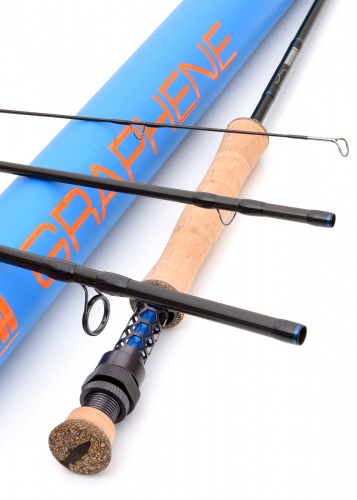
.jpg)
.jpg)
.jpg)
.jpg)
.jpg)

.jpg)
.jpg)
.jpg)
.jpg)
.jpg)

.jpg)
.jpg)
.jpg)
.jpg)
.jpg)
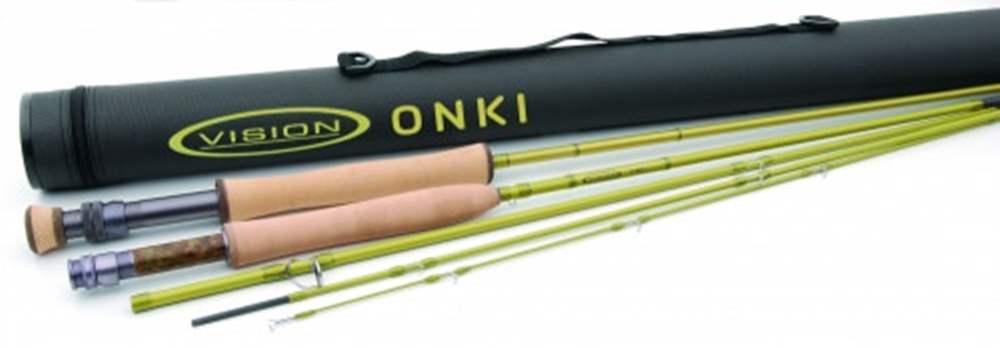




















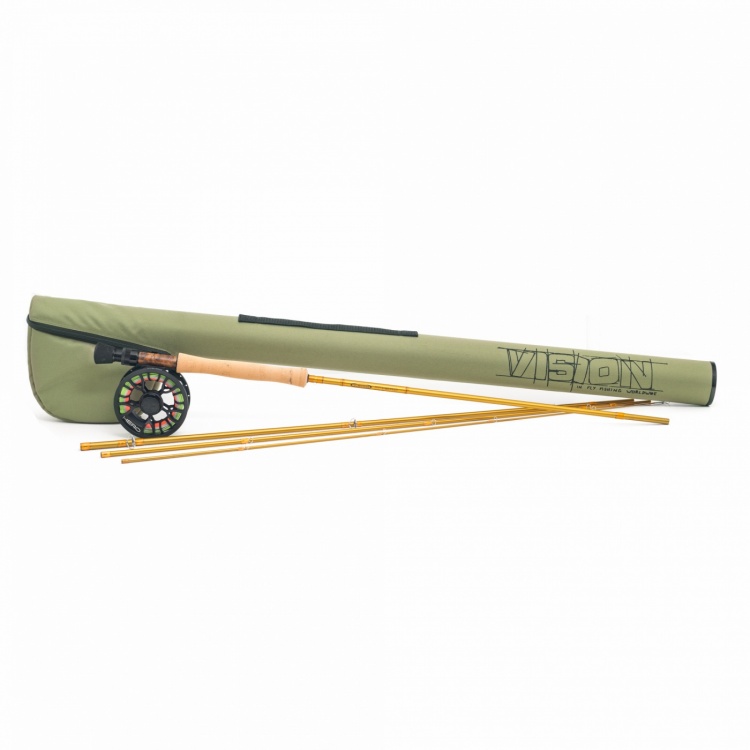











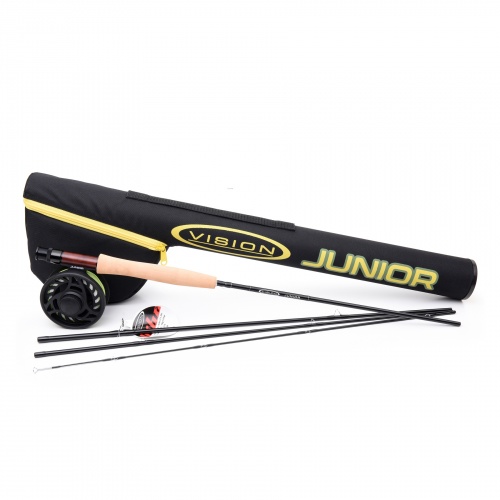
.jpg)
.jpg)



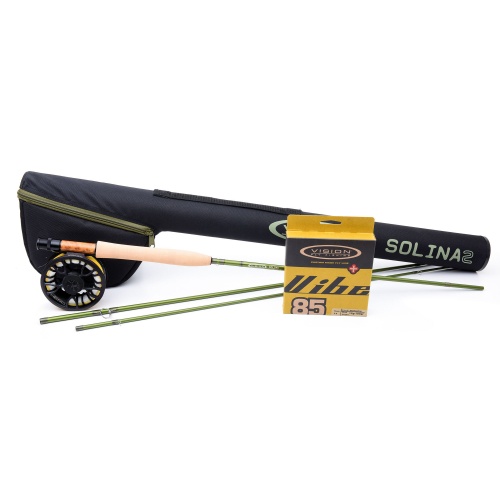
.jpg)
.jpg)